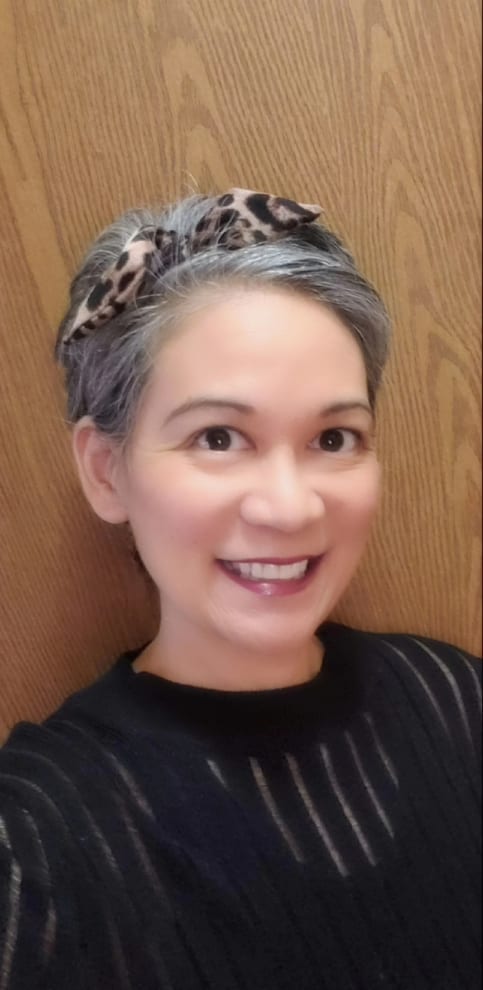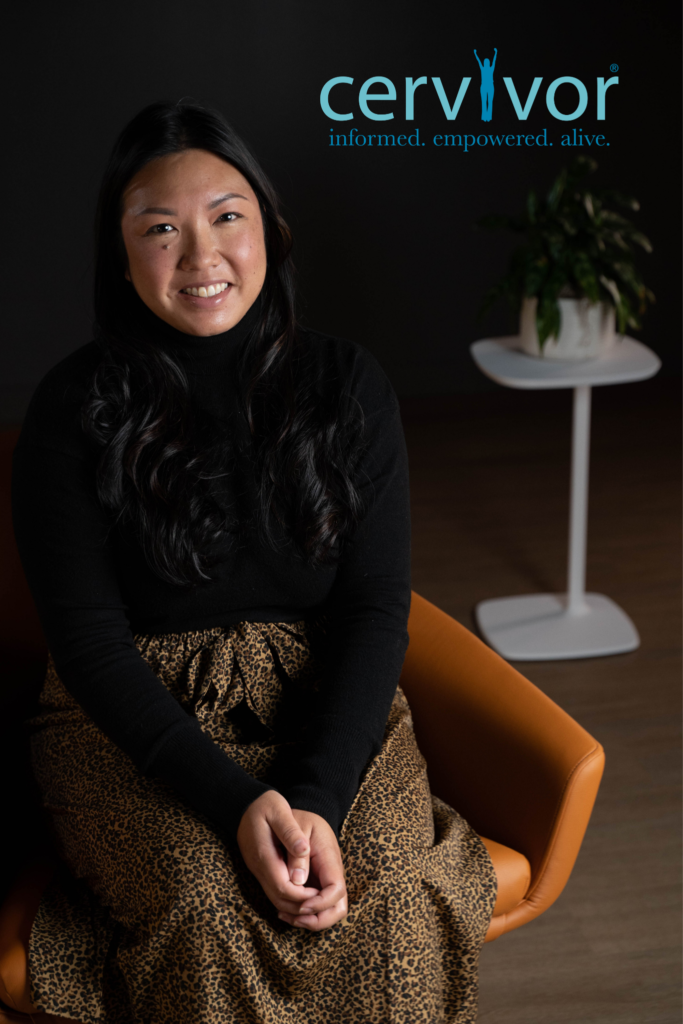Happy Asian American and Pacific Islander Heritage Month! This month, we pay tribute to the generations of Asian Americans and Pacific Islanders who have shaped America’s history. Asian American and Pacific Islander Heritage Month originated with Congress in the late 1970s and is recognized and celebrated worldwide today!
We are celebrating by honoring some of our resilient Cervivors and continuing to spread awareness to reduce health disparities within the community but first, let’s take a look at some of the glaring statistics.
In 2022, the American Cancer Society released their Cancer Facts & Figures report stating the rates of new cancer cases and the rates of cancer deaths among Asian Americans, Native Hawaiians, and Pacific Islanders varied widely, mostly because of significant differences in exposure to cancer risk factors.

Of these findings, they found that:
- Cancer is the leading cause of death in the Asian and Pacific Islander population in the US.
- In 2022, an estimated 14,100 cases of invasive cervical cancer will be diagnosed and about 4,280 deaths will occur in the US.
- Large variations in cancer occurrence within the API population reflect diversity in terms of geographic origin, language, acculturation, and socioeconomic status.
- According to the US Census Bureau, in 2020, 20% of Black and 17% of Hispanic/ Latino populations lived below the poverty line, compared to 8% of non-Hispanic White (White) and Asian populations.
- In addition, in 2019, 10% of Black and 19% of Hispanic/Latino populations were uninsured, compared to 6% of White and 7% of Asian populations.
- Cervical cancer incidence rates among Cambodian, Vietnamese, and Laotian women decreased dramatically from 1990 to 2008, a change that has been attributed to increases in screening and treatment in these groups.
- The use of the Pap test within the past 3 years is highest among Filipino women (83%, the same rate as in non-Hispanic whites), and lowest among Chinese women (66%).
- The 5-year relative survival rate for cervical cancer is 66% overall, but ranges from 39% for Black women 65 years of age and older to 79% for White women under 50, and from 92% for localized-stage disease to 18% for distant-stage.
Meet some of the Asian Americans and Pacific Islanders in our Cervivor community who want to change these statistics!

Meet Arlene, a Washington state Cervivor who recently shared her story to help make a difference in her community. She says, “In honor of Asian American and Pacific Islander Heritage Month and Mental Health Awareness Month, I am humbled to share Part 1 of my cervical cancer journey! It’s time to RISE UP and be a voice! I am no longer ashamed!”
Meet Gina, a cervical cancer patient residing in Maryland. She just learned a year ago about her cancer diagnosis less than a week after turning 32, and 13 weeks after learning she was pregnant. Hear directly from Gina as she shares her story in our CervivorTV video below – We know you will appreciate, empathize with, and want to share with your networks.

We are also super excited to highlight California Cervivor, Joslyn Chaiprasert-Paguio. We love Joslyn because of her energy and advocacy, and if you’ve listened to the first episode of Season 2 of the Cervivor Podcast, you know we are happy to announce that she will be taking over as the host of the podcast! Joslyn will be bringing a new perspective as a Gen Z-er and as a recurrent cervical cancer survivor. Join us in wishing Joslyn success in this new role and get ready for a new season of robust conversations to help us cope, heal, learn and thrive. Don’t forget to visit the Cervivor Podcast on your preferred listening platform and subscribe to get alerts about new episodes!
The Asian culture rarely discusses below-the-belt talk, awareness of, and the knowledge of how important their checkups with their healthcare providers are and they are highly underrepresented in our public health data, however, storytelling has made a difference in the population by increasing the awareness of HPV, cervical cancer prevention screenings, and vaccination. Studies have shown an increase in a more positive outcomes in health data.
Beyond Arlene, Gina, and Joslyn’s stories, visit Cervivor.org to meet other cervical cancer survivors repping the Asian and Pacific Islander communities and share their stories this month with your networks!

What’s your story? Are you a cervical cancer survivor? Your story matters. Share your cervical cancer story and make a difference. Click this link to follow our easy-to-use template.